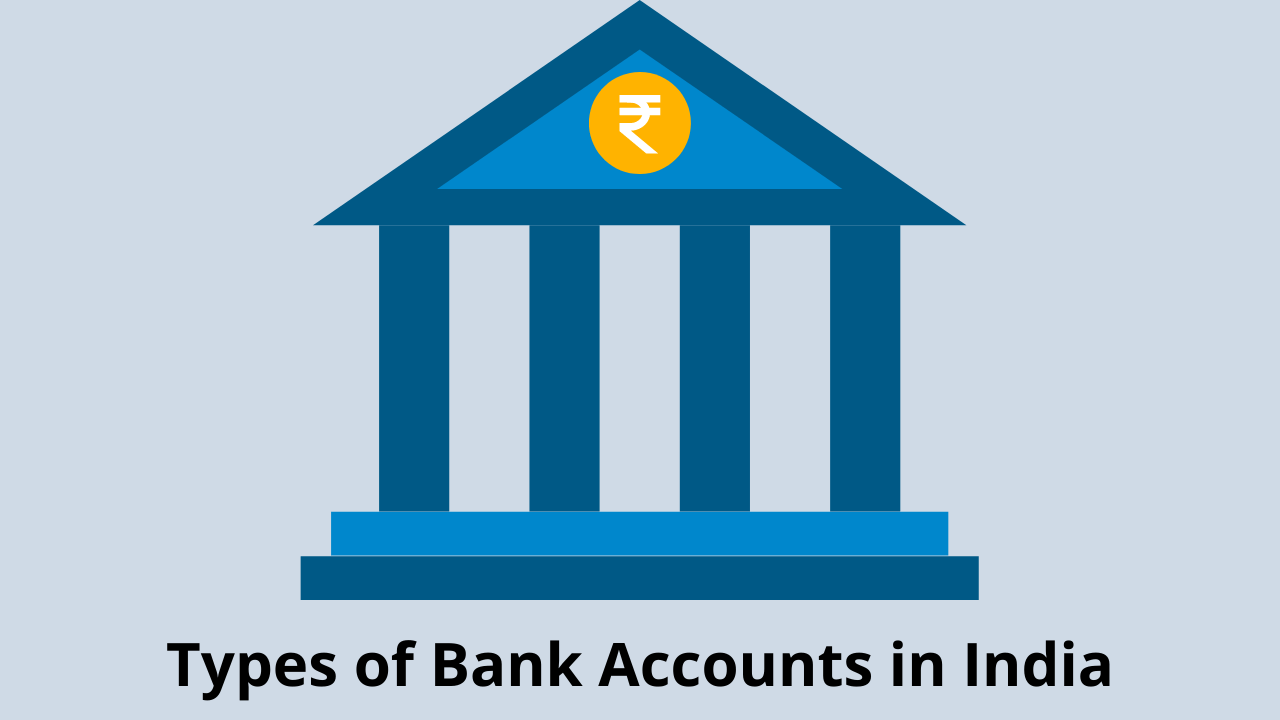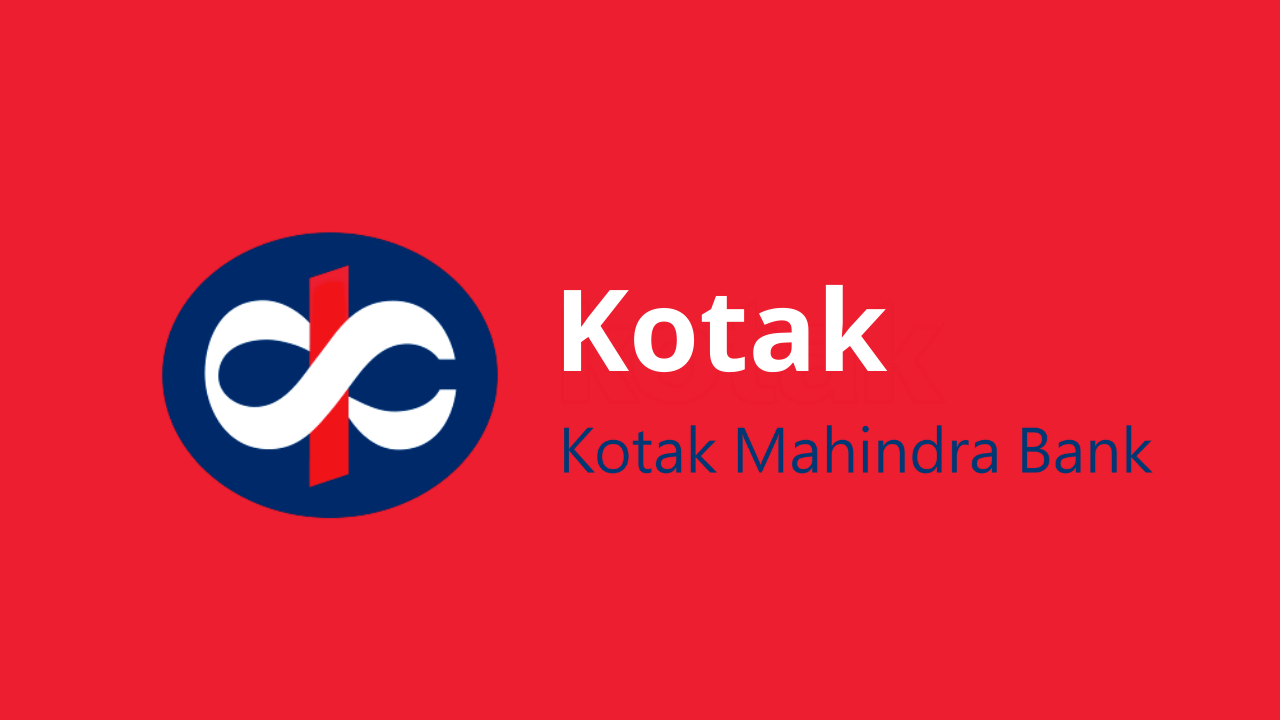In the dynamic world of finance, two terms that often take center stage are “trading” and “investing.” While these terms are sometimes used interchangeably, they represent distinct approaches to navigating the financial markets. In this guide, we’ll unravel the differences between trading and investing, shedding light on their unique characteristics, strategies, and the considerations that individuals should keep in mind when deciding which path to embark upon.
Trading vs. Investing: An Overview
Trading:
Trading involves the buying and selling of financial instruments, such as stocks, currencies, or commodities, with the primary goal of making short-term profits. Traders capitalize on the volatility of the markets, aiming to take advantage of price fluctuations within relatively brief time frames.
Characteristics:
- Short-Term Focus: Traders typically hold positions for a shorter duration, ranging from minutes to a few months.
- Active Decision-Making: Trading requires constant monitoring of market conditions, and traders often make rapid decisions based on technical analysis, charts, and other indicators.
- High Frequency of Transactions: Traders engage in frequent buying and selling activities, leveraging market movements to generate profits.
- Risk and Reward: Trading is associated with higher risk due to the shorter holding periods, but it also offers the potential for quick and substantial returns.
Strategies:
- Day Trading: Intraday buying and selling of financial instruments within the same trading day.
- Swing Trading: Holding positions for a few days or weeks, capitalizing on short to medium-term trends.
- Options Trading: Involves trading financial contracts, giving the trader the right to buy or sell an asset at a predetermined price.
Investing:
Investing is a long-term strategy focused on purchasing assets with the expectation that their value will appreciate over an extended period. Investors aim to build wealth gradually, often through a buy-and-hold approach, allowing their investments to weather market fluctuations over time.
Characteristics:
- Long-Term Horizon: Investors have a more extended investment horizon, measured in years, with the intention of achieving long-term financial goals.
- Fundamental Analysis: Investors often base their decisions on the fundamental analysis of companies, considering factors such as financial health, management, and growth prospects.
- Passive Approach: Many investors adopt a passive strategy, investing in diversified portfolios or index funds and minimizing frequent trading activities.
- Lower Frequency of Transactions: Investors typically buy and hold assets, making fewer transactions over time.
Strategies:
- Value Investing: Focuses on identifying undervalued stocks with strong fundamentals and holding them for the long term.
- Dividend Investing: Prioritizes stocks or assets that pay regular dividends, providing a steady income stream.
- Index Fund Investing: Involves investing in funds that track a market index, providing broad market exposure and diversification.
Key Considerations for Traders:
- Market Knowledge:
Successful trading requires a deep understanding of market dynamics, technical analysis, and the ability to interpret charts and indicators. - Risk Management:
Traders must implement robust risk management strategies to mitigate potential losses, including setting stop-loss orders and diversifying their portfolios. - Discipline and Emotional Control:
Emotional discipline is crucial for traders, as impulsive decisions driven by fear or greed can lead to poor outcomes. Following a well-defined trading plan is essential. - Time Commitment:
Trading demands a significant time commitment for market analysis, monitoring positions, and staying informed about global events that may impact financial markets.
Key Considerations for Investors:
- Long-Term Perspective:
Investors should adopt a patient approach, recognizing that significant returns may take years to materialize. Emotional resilience is vital during market fluctuations. - Diversification:
Diversifying across asset classes and industries helps spread risk and ensures that the impact of poor-performing assets is mitigated by others in the portfolio. - Financial Goals:
Investors should align their investment strategy with their financial goals, whether it’s retirement planning, funding education, or building wealth over time. - Research and Due Diligence:
Conducting thorough research and due diligence on potential investments is critical for investors. Fundamental analysis of companies or assets is often a key component.
Combining Trading and Investing: A Balanced Approach
While trading and investing represent distinct approaches, some individuals opt for a balanced strategy that incorporates elements of both. This approach involves maintaining a core portfolio of long-term investments while engaging in more active trading to take advantage of short-term opportunities.
Benefits of a Balanced Approach:
- Diversification of Strategies:
Combining trading and investing allows individuals to benefit from both short-term gains and long-term appreciation, providing a diversified and dynamic portfolio. - Adaptability to Market Conditions:
During periods of high market volatility, active trading strategies may be more effective, while a long-term investment approach can weather broader economic trends. - Risk Management:
A balanced approach enables investors to manage risk effectively. Long-term investments provide stability, while trading activities offer the potential for enhanced returns. - Flexibility in Decision-Making:
Integrating both approaches provides flexibility, allowing investors to adjust their strategies based on market conditions, economic factors, and individual financial goals.
Conclusion:
In the realm of financial markets, understanding the difference between trading and investing is crucial for individuals looking to optimize their strategies and achieve their financial objectives. Whether one chooses to be an active trader, a long-term investor, or a hybrid of both, aligning their approach with their risk tolerance, financial goals, and time commitment is paramount.
Ultimately, successful navigation of the financial markets requires ongoing education, disciplined decision-making, and a nuanced understanding of one’s unique financial circumstances. By gaining clarity on the distinctions between trading and investing, individuals can make informed choices that pave the way for a resilient and rewarding financial journey.









